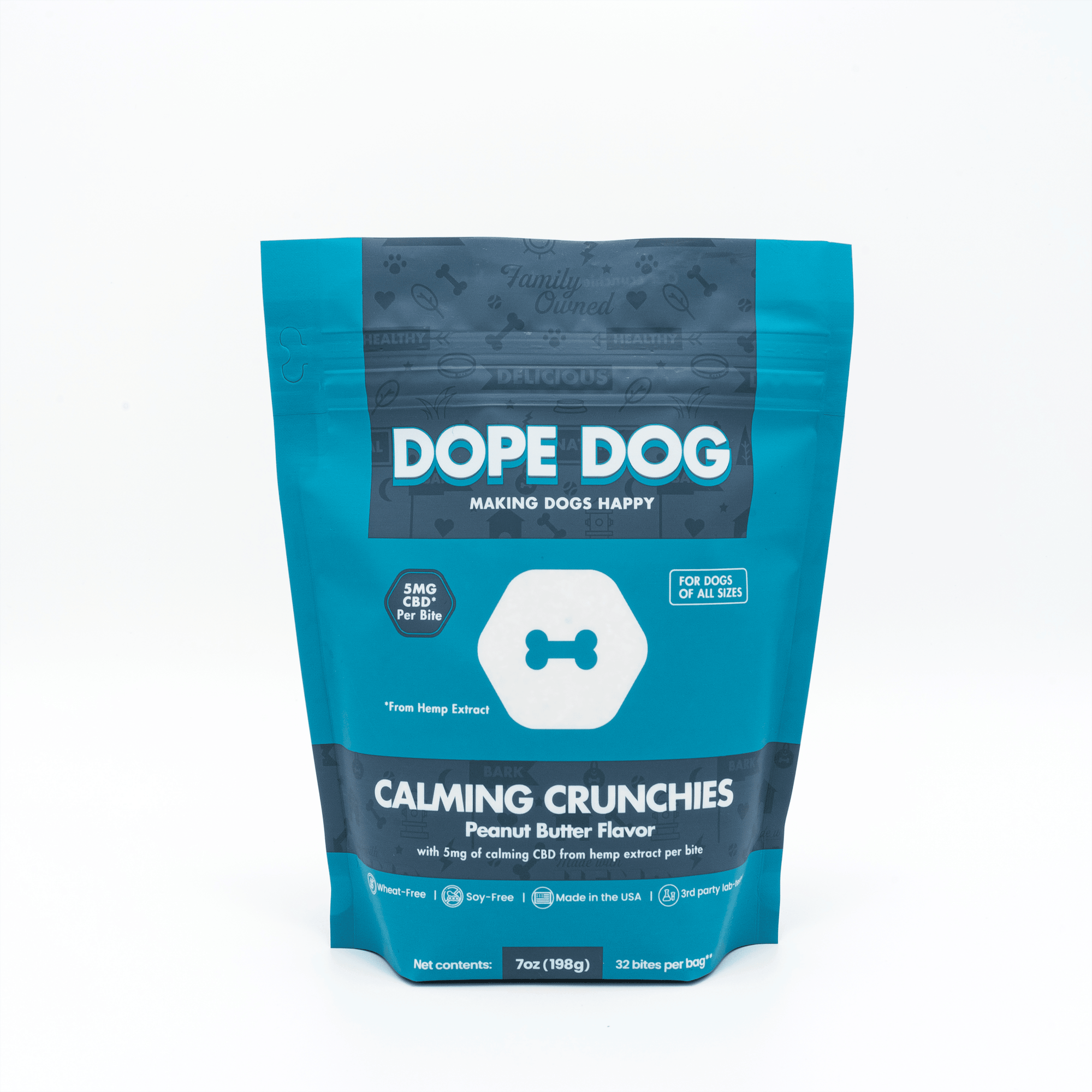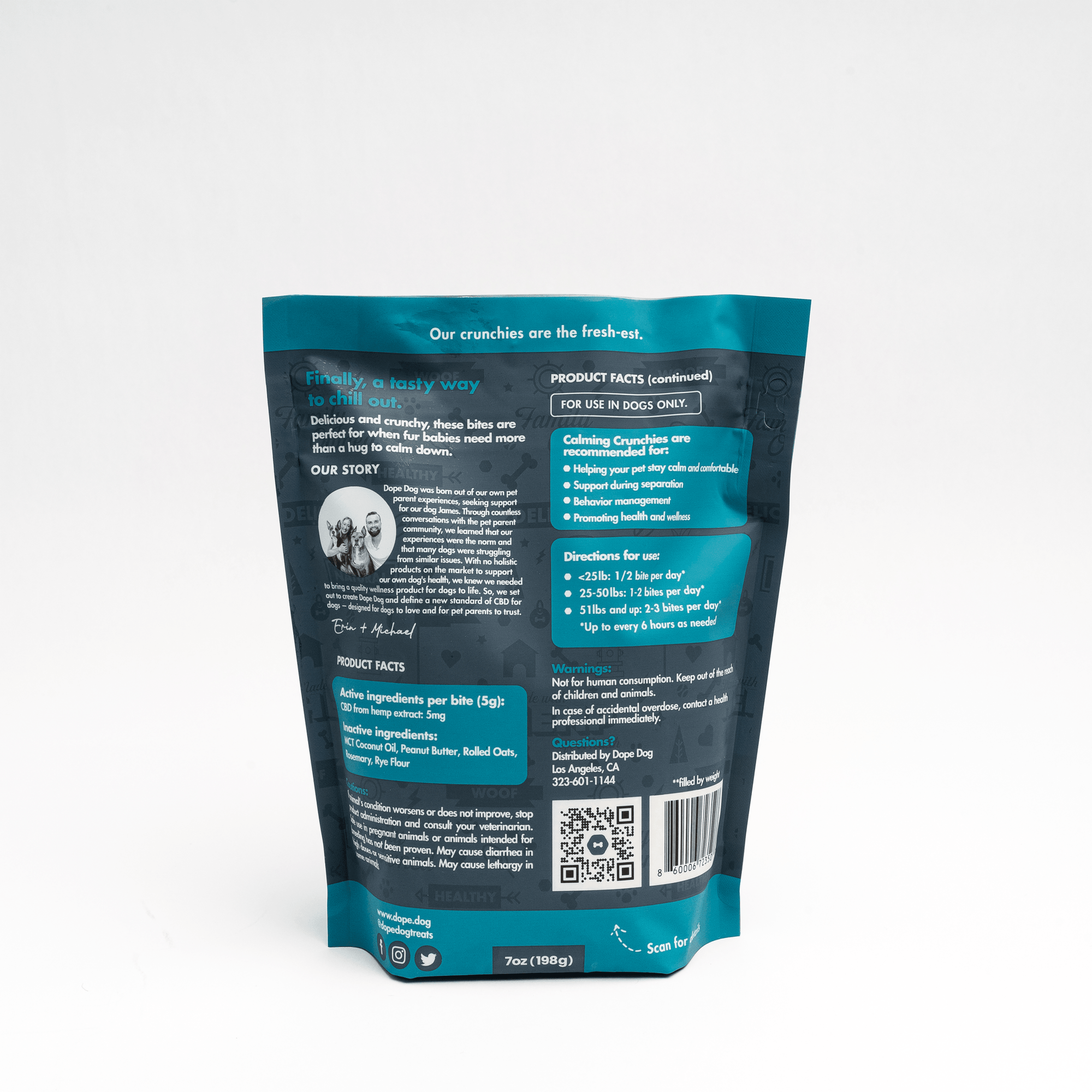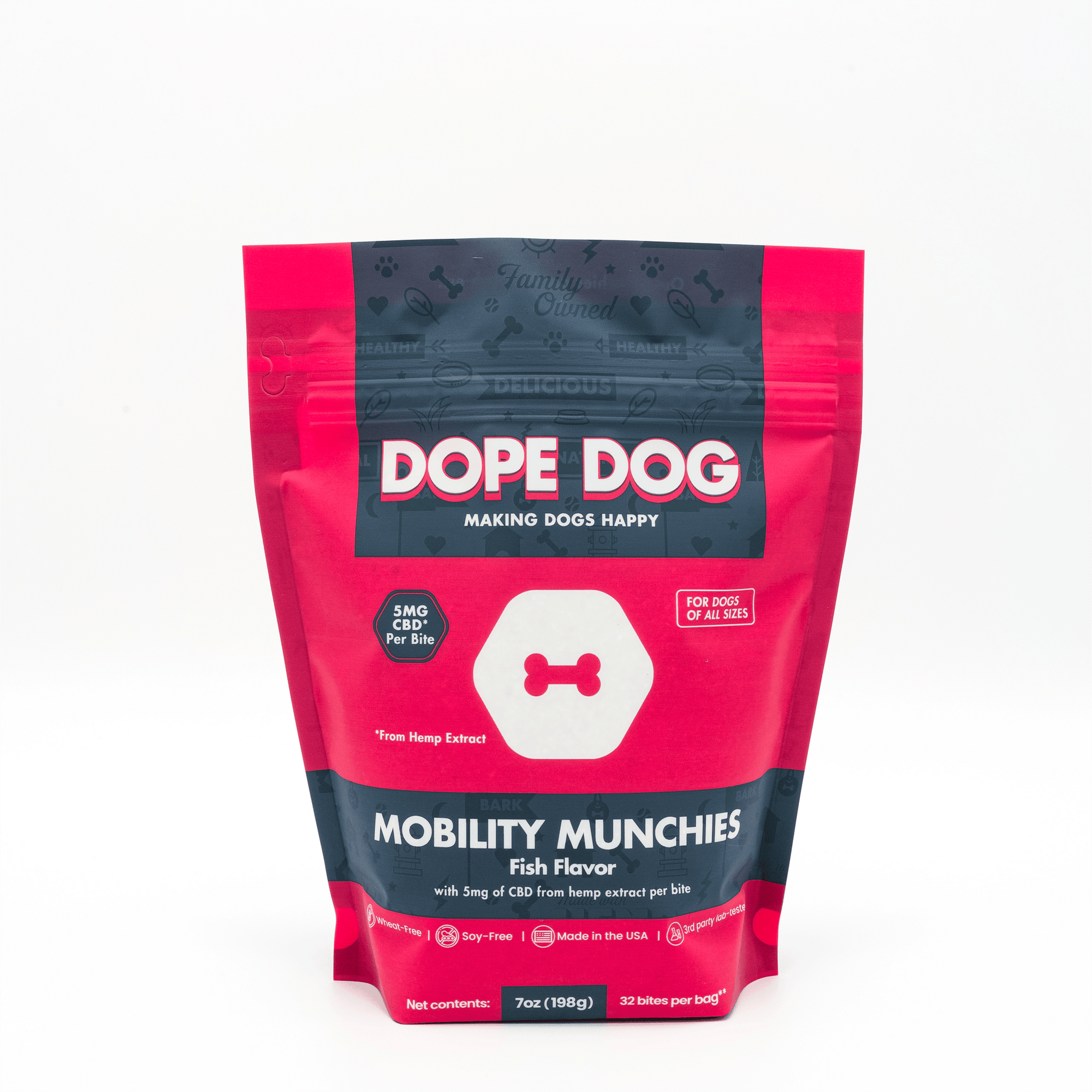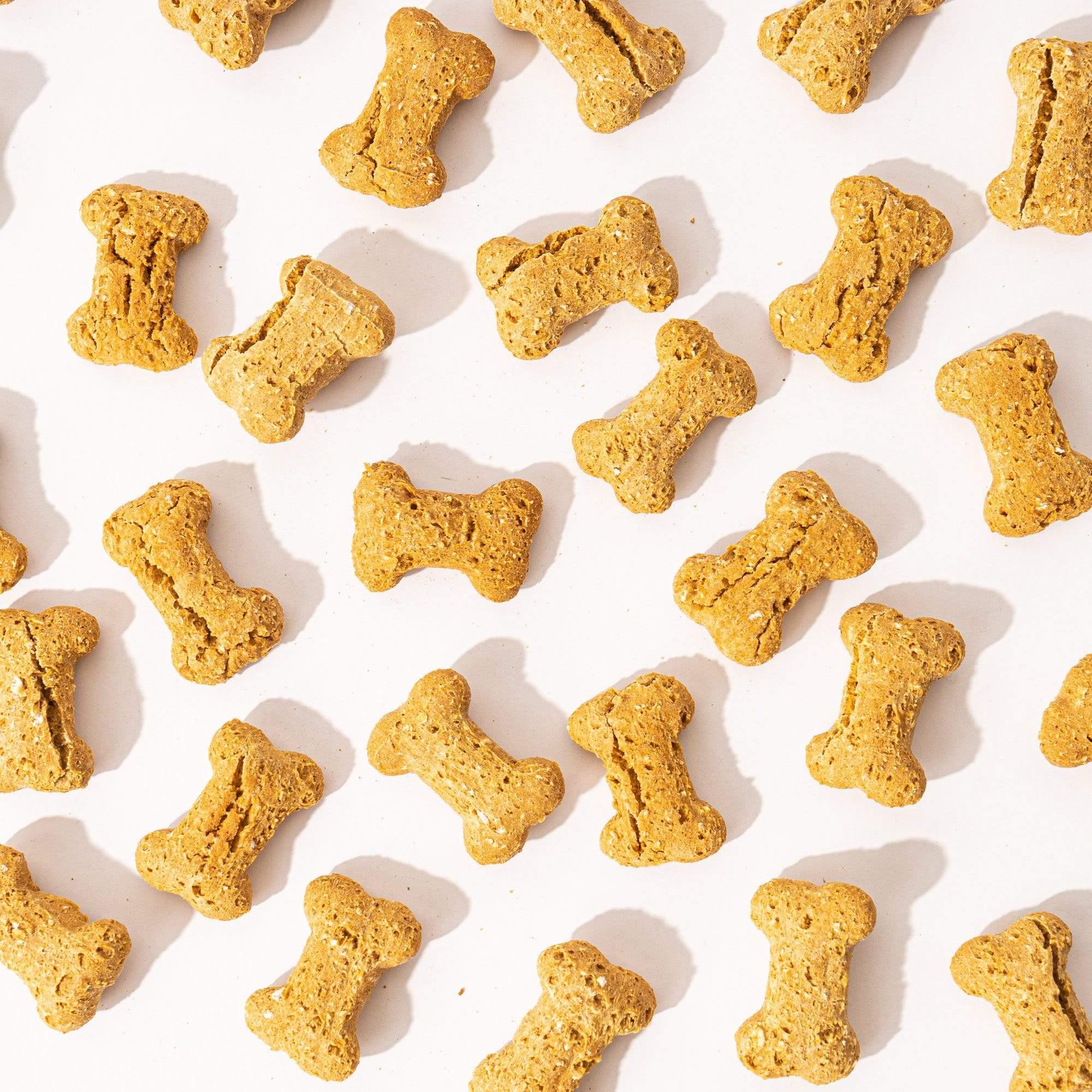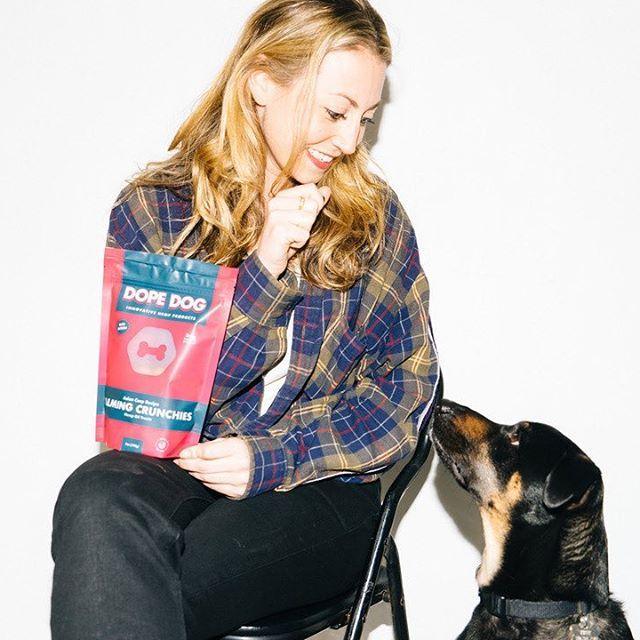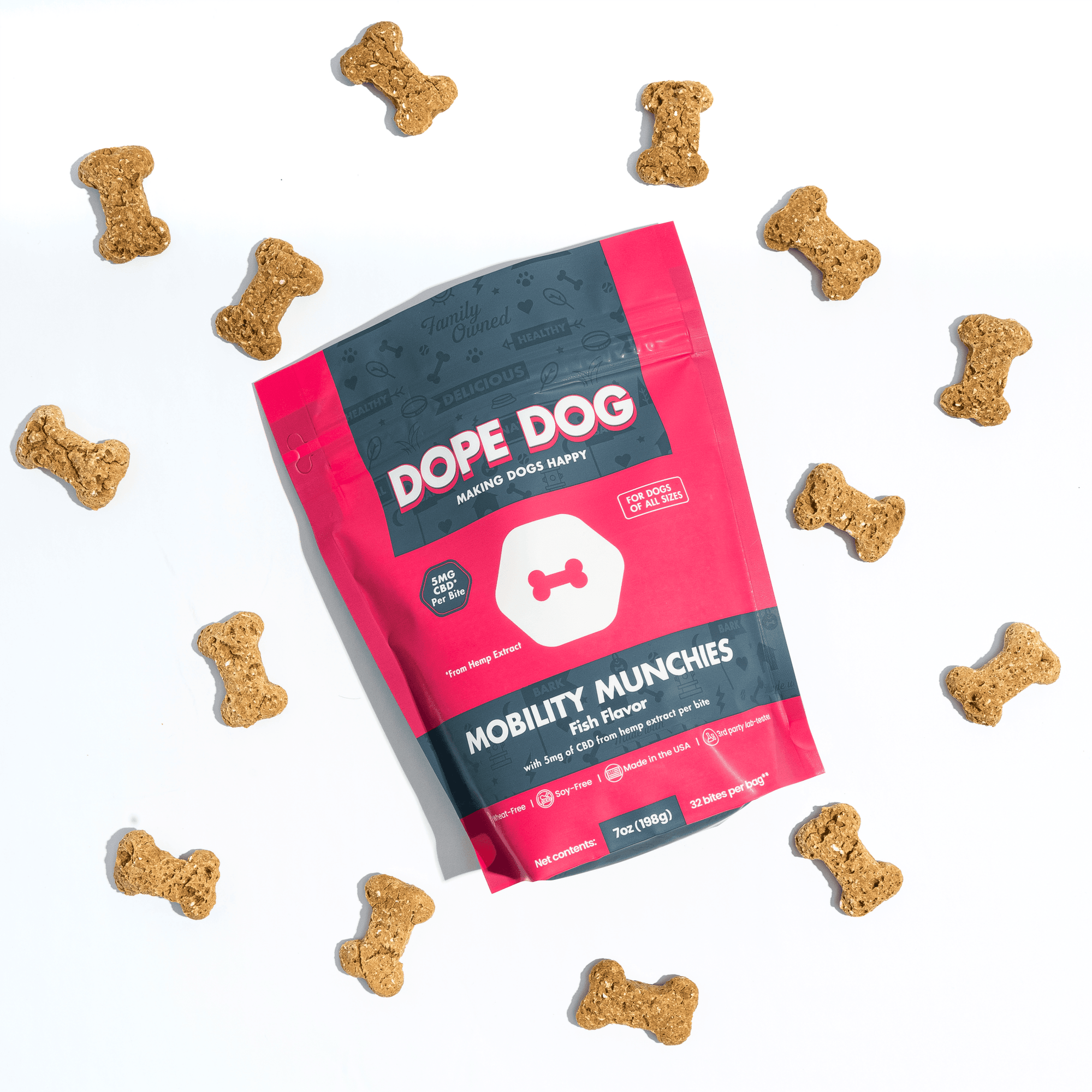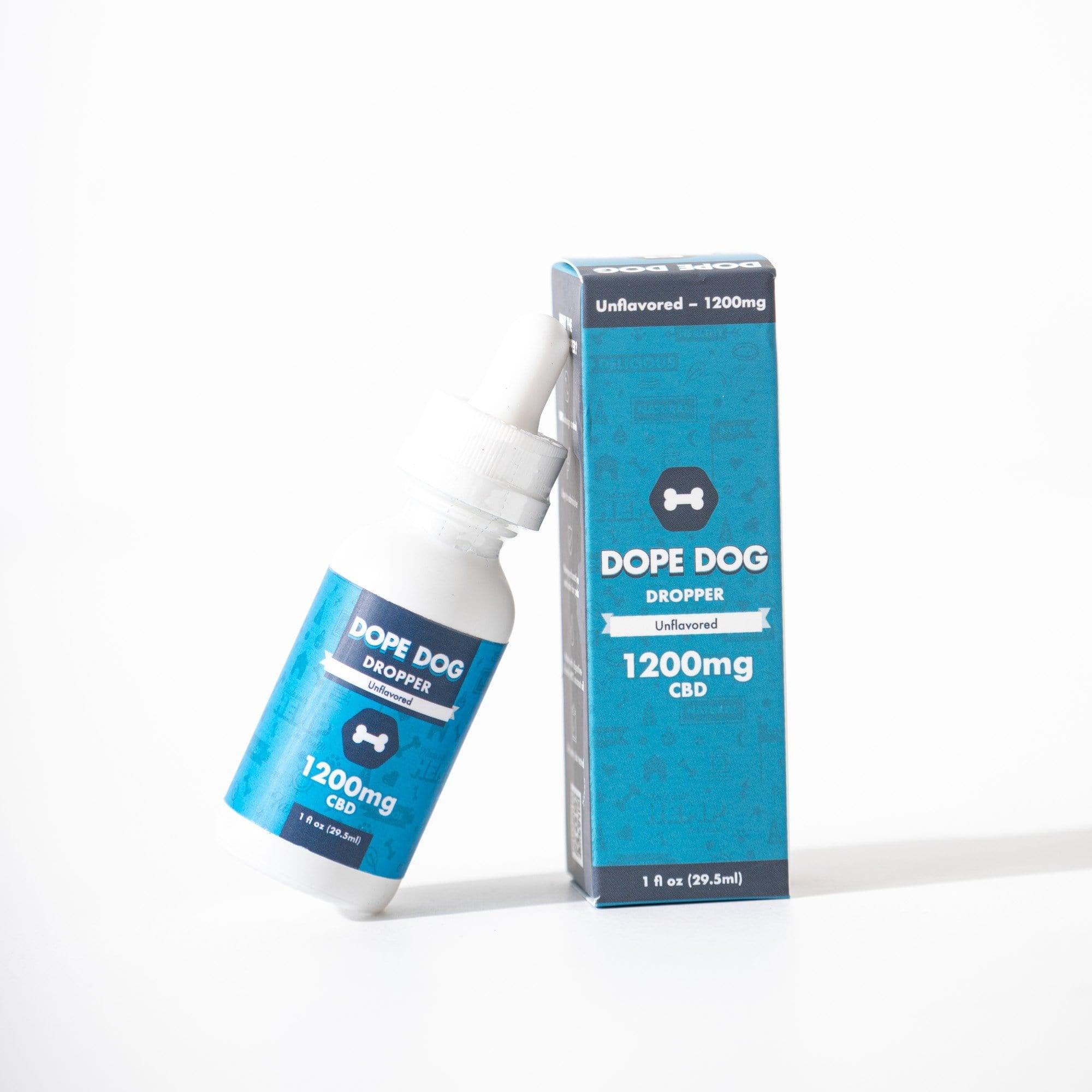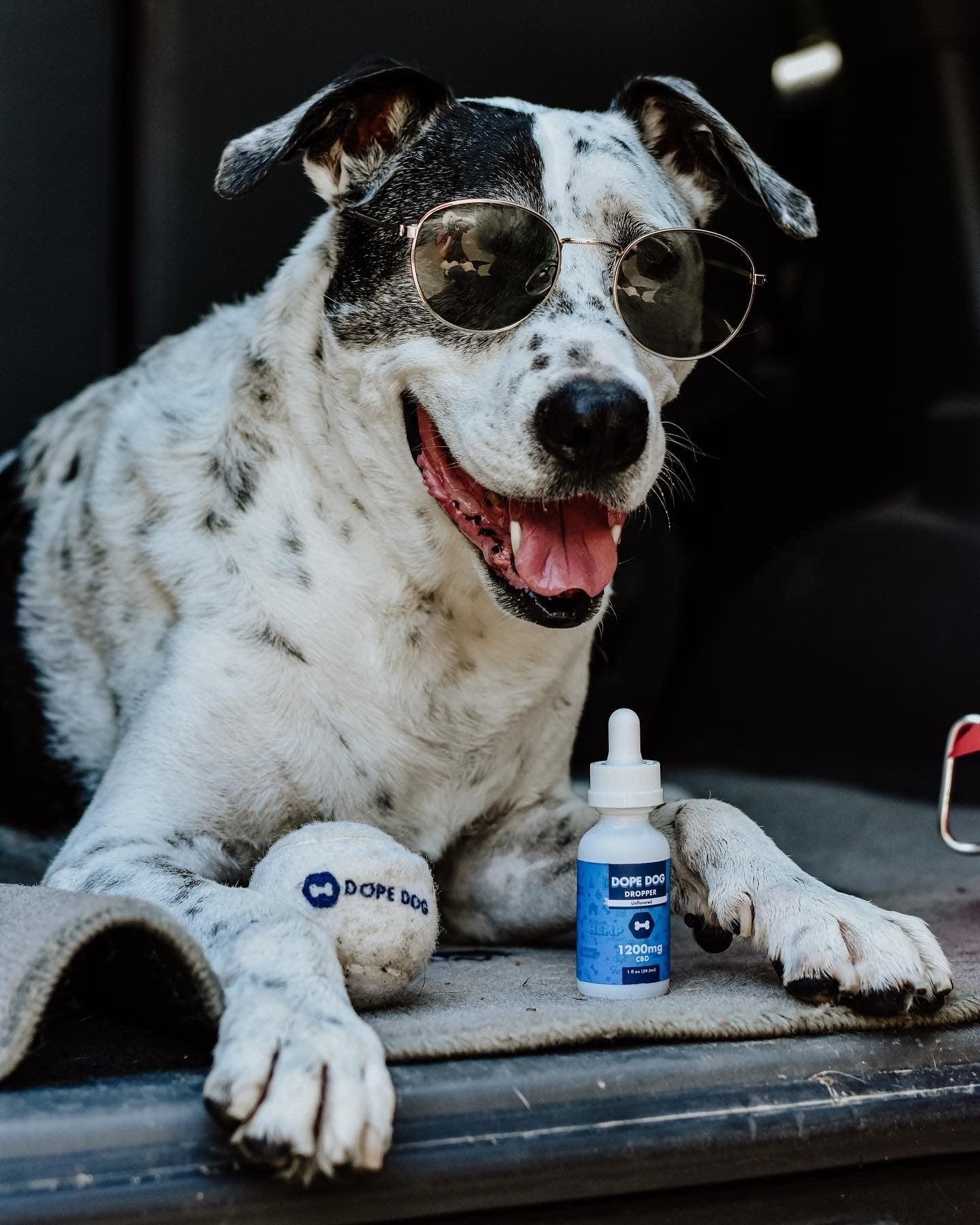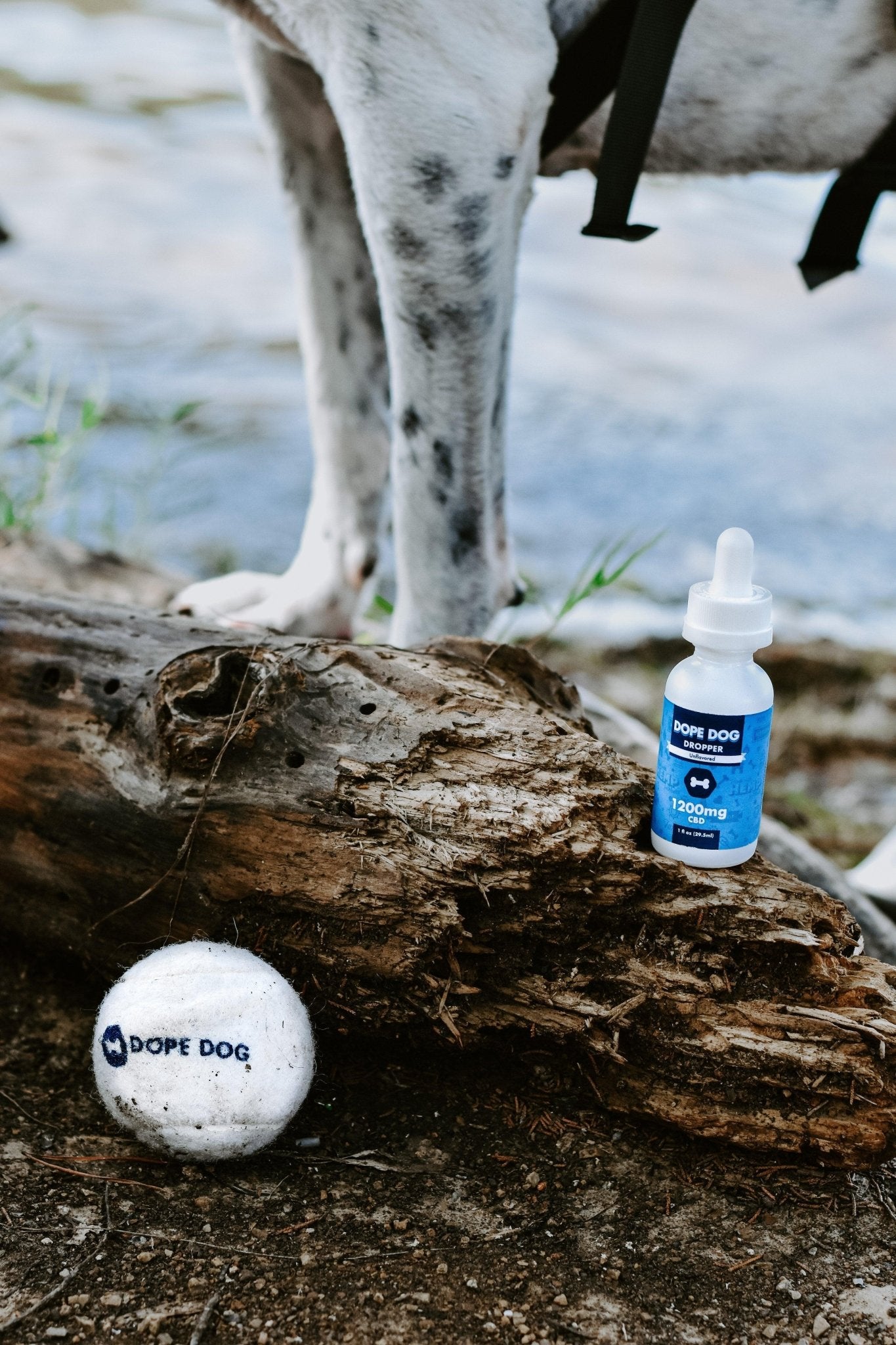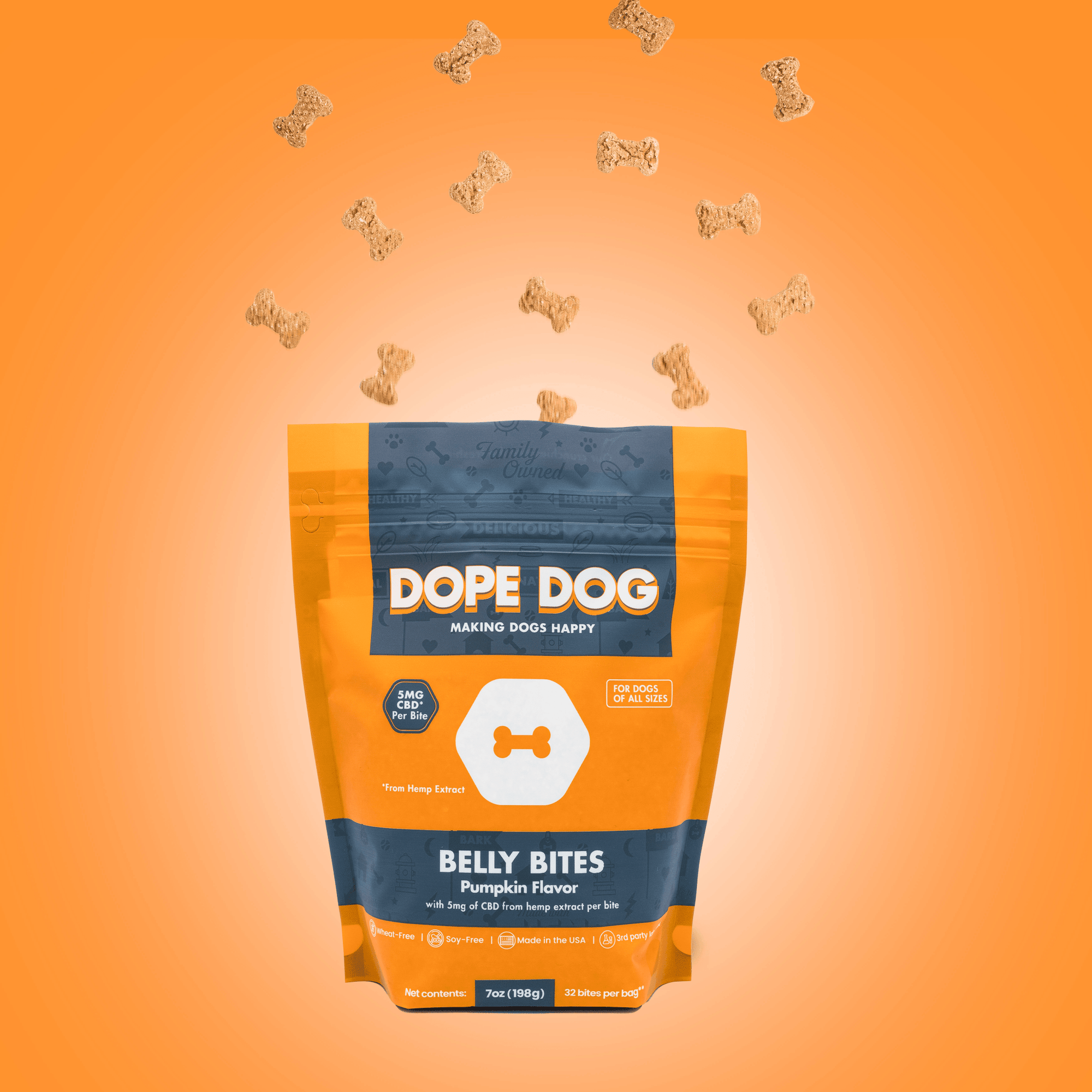As a dog owner, encountering unusual behaviors or health issues in your furry friend can be concerning. One such issue is when your female dog starts leaking brown fluid from her anus. In this blog post, we'll explore the various causes behind this occurrence, including anal gland problems, parasitic infections, inflammatory bowel disease, tumors, and trauma.
We'll also delve into the symptoms and diagnosis of anal gland issues in dogs, along with available treatment options, including veterinary care, surgery, and home remedies. Understanding when to seek immediate veterinary help and how to observe changes in your dog's behavior is crucial for their well-being.
Our goal is to equip you with the knowledge to provide the best care for your dog's anal gland health. Stay tuned for future blog posts that will delve deeper into each possible cause and effective ways to address them.

Related: Why is My Dog Rubbing His Face On The Floor?
Understanding the Basics: Canine Digestive System and Anal Glands
The canine digestive system is essential for processing food, absorbing nutrients, and waste elimination. To comprehend why your female dog might have brown fluid leakage from her anus, it's vital to grasp the basics of the digestive system and the function of anal glands.
The Canine Digestive System
The canine digestive system is a complex mechanism designed to efficiently process food and extract essential nutrients for a dog's health. It begins in the mouth, where chewing and saliva initiate digestion. The food then moves down the esophagus through peristalsis, reaching the stomach, where gastric juices break it down into chyme, crucial for protein digestion.
The small intestine is the primary site for nutrient absorption, aided by enzymes and bile from the pancreas and liver. Tiny projections called villi and microvilli enhance absorption. In the large intestine, water and electrolytes are reabsorbed, and beneficial bacteria aid fermentation and vitamin production. The rectum stores waste until elimination.
This system is tailored to dogs' carnivorous nature but their ability to consume plant matter. Understanding it helps pet owners make informed dietary choices for their dogs' long and healthy lives.
The Role of Anal Glands
Anal glands, or anal sacs, are small glands located beside a dog's anus. They secrete a pungent substance used for marking territory and communicating with other dogs, typically released during bowel movements when the anal gland muscles contract. These glands have ducts that allow fluid to be expelled through the anus, aided by the pressure during defecation. However, issues like infections or abscesses can arise.
Understanding the canine digestive system and the role of anal glands is crucial to grasp the potential causes of brown fluid leakage from the anus. In the following sections, we'll explore these reasons and discuss treatment options to ease your dog's discomfort.

Related: Why is My Dog Not Eating But Drinking Water?
Possible Reasons for Brown Fluid Leakage From Anus
When you notice brown fluid leakage from your female dog's anus, understanding the possible causes is vital for informed discussions with your vet. Common reasons include:
- Anal Gland Issues: Infections or blockages in anal glands can lead to abnormal fluid release.
- Parasitic Infections: Certain parasites may irritate the digestive tract, causing diarrhea and fluid leakage.
- Inflammatory Bowel Disease (IBD): IBD can result in symptoms like diarrhea, vomiting, and fluid discharge.
- Tumors or Polyps: Growths in the anal or rectal area may require evaluation and potential surgery.
- Anal Trauma: Injuries from accidents or rough play can lead to fluid leakage, necessitating immediate vet attention.
Understanding these causes guides your vet discussion for appropriate care. Subsequent sections will detail each cause, including symptoms, diagnosis, and treatment options.

Related: Best Dope Dog Collars 2023
Anal Gland Problems in Dogs: Causes and Symptoms
Anal gland problems are a common issue in dogs and can lead to brown fluid leakage from the anus. These problems can range from infections and abscesses to impaction or even tumors. Understanding the causes and recognizing the symptoms associated with anal gland problems is essential for prompt diagnosis and treatment. Let's explore these aspects in more detail
Causes of Anal Gland Problems
Anal gland issues in dogs can arise from poor gland emptying during bowel movements, leading to fluid build-up, inflammation, infection, or abscesses. Blockages, caused by thick secretions or obstructions, can disrupt fluid flow and result in discomfort. Bacterial infections can develop from inflamed or blocked glands, causing pain and abnormal fluid release. Allergies, particularly food or environmental allergies, may also trigger gland inflammation and problems.
Common Symptoms of Anal Gland Problems
Dogs with anal gland issues often display noticeable symptoms. These include scooting, where they drag their hindquarters on the ground to alleviate discomfort. Excessive licking or gnawing of the anal area can worsen irritation and potentially lead to infection. Foul odors from the rear end are associated with abnormal fluid release. Additionally, visible signs may include swelling, redness, or tenderness around the anus, as well as the leakage of brown fluid or pus-like material, the consistency and color varying based on the specific condition.
Seeking Veterinary Care
Recognizing these signs is crucial for identifying anal gland problems in dogs. If any symptoms are observed, prompt veterinary attention is essential for an accurate diagnosis and treatment plan. In the next section, we'll explore how veterinarians diagnose anal gland issues and the available treatment options.

Related: Can Dogs Eat Grit?
Treatment for Brown Fluid Leakage from the Anus in Female Dogs
Effective treatment for this issue hinges on the underlying cause, requiring consultation with a veterinarian for precise diagnosis and an appropriate plan. Here are potential treatment options:
Veterinary Treatments
- Anal Gland Expression: When glands are impacted or infected, manual expression by a vet or during grooming can relieve fluid buildup.
- Antibiotics: In cases of infection, antibiotics are prescribed based on severity and specific bacteria involved.
- Anti-Inflammatory Medications: Conditions like inflammatory bowel disease may necessitate anti-inflammatory drugs for symptom relief.
- Parasite Control: Deworming medications address parasitic infections, preventing recurrence.
Surgical Treatments
- Anal Gland Abscess: Surgical drainage resolves abscesses, often supplemented with antibiotics.
- Tumors or Polyps: Surgical removal, tailored to size and location, may involve a veterinary surgeon's expertise.
Home Care and Remedies
- Warm Compresses: Soothing warm compresses reduce inflammation and aid healing.
- Dietary Changes: Adjusting the diet can enhance digestive health, potentially switching to specialized or easily digestible food.
- Regular Gland Expression: For susceptible dogs, regular expression by a veterinarian or experienced groomer can prevent impaction and infection.
Preventing Recurrence
To avoid future episodes, consider preventive measures:
- Regular veterinary check-ups for anal gland health.
- A balanced, nutritious diet.
- Encourage exercise for healthy bowel function.
- Maintain anal area hygiene.
Follow your vet's guidance and treatment plan, tailored to your dog's unique needs, to address brown fluid leakage causes effectively and minimize future occurrences.
Related: Can Dogs Eat Eggplant?
Recognizing When to Seek Veterinary Help
Identifying the right time to seek veterinary assistance for brown fluid leakage from your female dog's anus is crucial. While some cases resolve on their own or with minor interventions, specific signs and symptoms warrant immediate veterinary attention. Key indicators include:
- Behavioral Changes: Noticeable alterations in your dog's behavior.
- Persistent or Worsening Symptoms: When brown fluid leakage continues, worsens in frequency or volume, or if new concerning symptoms emerge.
- Discomfort or Pain: Signs of discomfort like whimpering, restlessness, or difficulties in sitting or defecating.
- Appetite Changes or Weight Loss: Significant appetite shifts or unexplained weight loss.
- Physical Signs Requiring Urgent Attention: Such as swelling, redness, or an anal abscess.
- Bleeding: Any indication of bleeding from the anus, including bloody discharge or blood in stool.
- Difficulty Urinating or Defecating: Straining excessively during these processes or encountering difficulty.
Preparing for a vet visit involves documenting observed symptoms, noting the frequency and duration of brown fluid leakage, and any behavioral changes. If possible, bring a fresh sample of the brown fluid or relevant materials for examination, aiding in diagnosis. Be prepared for a physical examination or additional tests your veterinarian may conduct to pinpoint the underlying cause.
By staying vigilant about behavioral changes and recognizing physical signs demanding immediate attention, you ensure your cherished companion receives essential veterinary care. Don't hesitate to contact your veterinarian with concerns or questions about your dog's health.
Are you looking for a worry-free way to safely dose your dog? Dope Dog has treats that make it easier than ever to offer your CBD. Shop today!



![Why is My Dog's Ear Swollen? [MUST KNOW!]](http://dope.dog/cdn/shop/articles/tim-higham-QxDXORRktWE-unsplash-555717.jpg?v=1697236049&width=1536)
